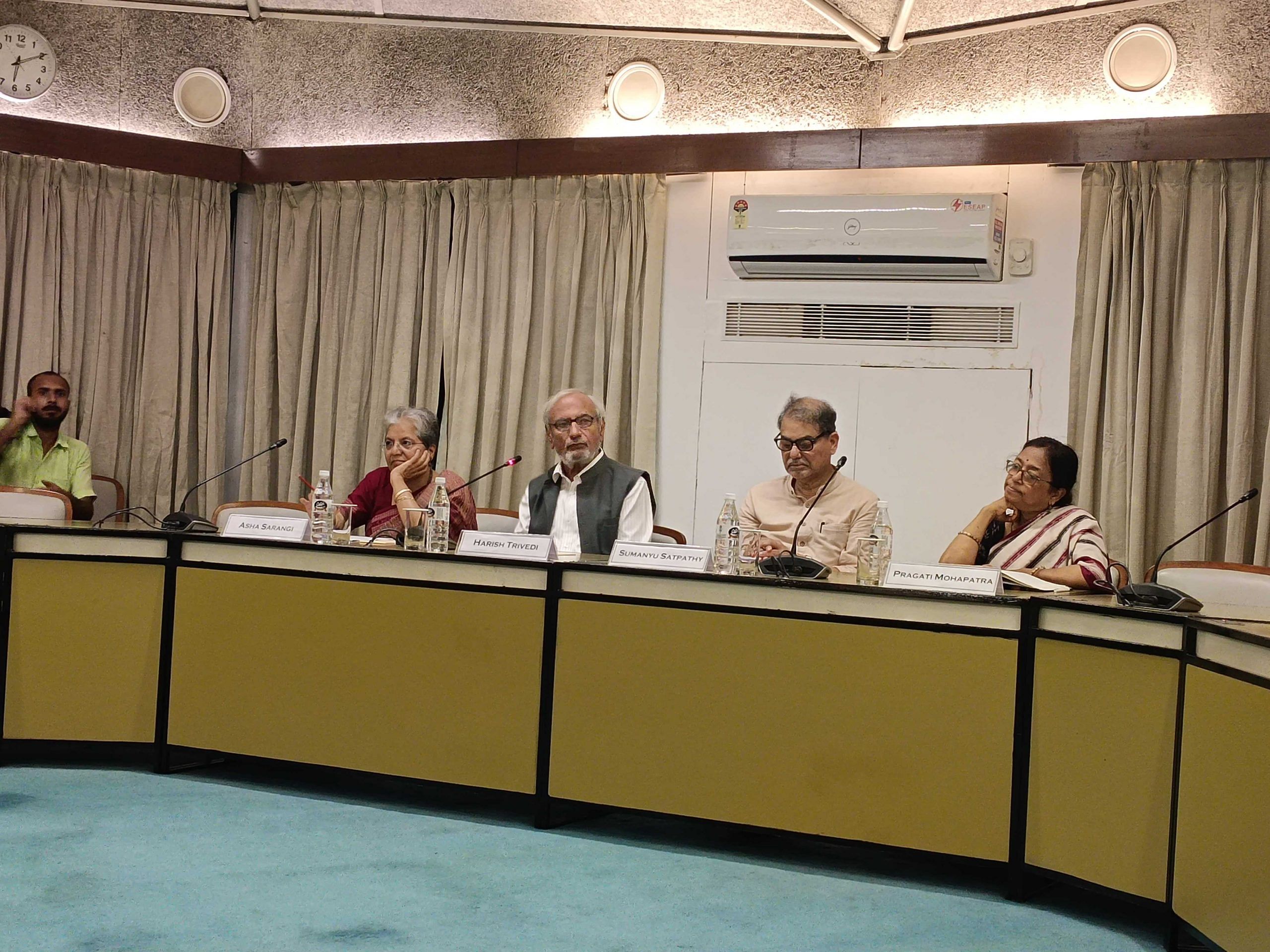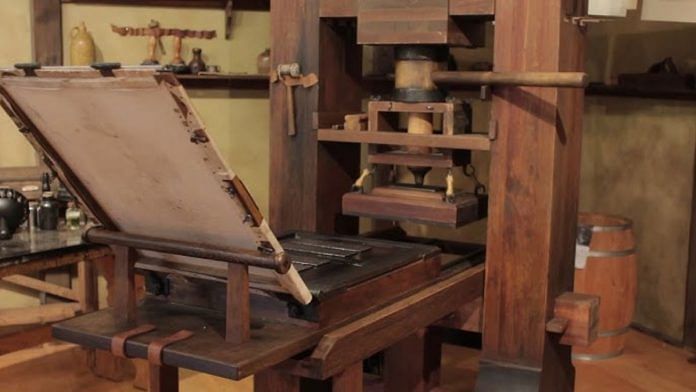New Delhi: British civil servant and author John Beames described Indian Bhakti and Vritti poetry as ‘childish and indescribably indecent.’ The 19th-century officer’s dismissal, steeped in colonial morality, became a focal point of discussion at a panel discussion in Delhi on Modernity, Print and Sahitya: The Making of a New Literary Culture, 1866–1919, a book by former Delhi University professor Sumanyu Satpathy.
Satpathy’s book traces the journey of Odia literature from palm-leaf manuscripts to print, examining how, between 1866 and 1919, rapid political changes were mirrored by significant transformations in Indian literary culture. It also interrogates how Indian literature was perceived—both by the colonial establishment and on a global stage.
“It shows how colonial notions of taste and morality distorted the reception of Indian literary traditions when filtered through the machinery of print and education,” said Harish Trivedi, former professor of English at the University of Delhi.
The discussion was held at the India International Centre in New Delhi on 9 July. The panel included Pragati Mohapatra (associate professor, IP College, University of Delhi), Asha Sarangi (professor, Centre for Political Studies, School of Social Sciences, Jawaharlal Nehru University), and Sumanyu Satpathy. Harish Trivedi moderated the panel.

According to Trivedi, Beames’ criticism of Bhakti poems centered on Radha and Krishna as “monotonous, childish and indescribably indecent… the usual impurity of Indian poems”—reveals the colonial imposition on indigenous aesthetic values.
Such perspectives on Indian literature only started to surface after the print revolution. It not only changed how literature was consumed but also reshaped the very definition of what was considered ‘literature’.
“Modernity and print are old bedfellows, but to add Sahitya—that is bold, and refreshing,” said Trivedi.
Palm leaf to printed page
Satpathy’s book digs deep into the period between 1866 and 1919, a transformative era when print was not just a new technology — it was a cultural revolution. Odisha was at the heart of it.
Odia literature, which was once recited or handwritten on palm leaves, was now mass-printed and widely read.
Satpathy explained how the introduction of printing presses in Odisha reshaped Odia literature, giving birth to what we now call modern Sahitya — literature that was self-aware, political, and deeply connected to the culture.
“Print brought a lot of changes to the Odia language. The word ‘Adhunik’ began to appear in Odia discourse—used increasingly to describe new genres, tastes, social ideas, and sahitya itself, often replaced by older terms like navya and nutana”, said Satpathy.
However, the shift didn’t happen overnight. As late as 1872, census officials couldn’t find enough Odias who could write with pen and paper — most still used palm leaves. The print revolution had taken hold by 1891.
“People knew how to write—just not in the modern, colonial sense,” said Mohapatra.
The census officials first allowed people to fill out forms on palm leaves, which were then transcribed by others onto paper for official use. This workaround highlights not just a technological gap but a deeper cultural lag between indigenous and colonial modes of documentation.
“But by the time we reached the 1891 census, this problem had vanished. A new print culture has taken root—people could now read printed books and write on paper,” said Mohapatra, adding that this kind of shift marks the slow, uneven arrival of modernity.
Also read: Why mothers tried to marry their sons into Nehru family during Emergency
The turning point
The arrival of Utkal Deepika in 1866, which was the first Odia-owned newspaper, was the turning point in public opinion and literary activism.
When Odisha was also struggling for territorial identity, the movement for a unified linguistic and cultural identity found strength through printed literature.
“This book maps how print became a tool of resistance and revival,” said Mohapatra.
Later in 1897, the literary magazine Utkal Sahitya brought poetry, essays, and cultural criticism to thousands. It became the voice of modern Odia thought.
“This book tells us how regional cultures fought to be heard and how print helped them do that,” added Mohapatra.
(Edited by Ratan Priya)




